Rising Awareness of Skin Health
The increasing awareness of skin health among consumers is a pivotal driver in the Europe Skin Care Market. As individuals become more informed about the effects of environmental factors and lifestyle choices on skin health, there is a growing demand for products that address specific skin concerns. This trend is reflected in the market, where the demand for specialized products, such as anti-aging creams and sun protection, has surged. In 2025, The market for anti-aging products, alone, is projected to reach approximately 3 billion euros, indicating a robust interest in maintaining youthful skin. Furthermore, educational campaigns by dermatologists and skincare brands contribute to this awareness, fostering a culture that prioritizes skin health and wellness.
Sustainability and Eco-Friendly Practices
Sustainability and eco-friendly practices are becoming increasingly important in the Europe Skin Care Market. Consumers are now more inclined to choose brands that prioritize environmental responsibility, leading to a rise in demand for sustainable packaging and ethically sourced ingredients. In 2025, it is estimated that the market for eco-friendly skincare products will account for over 25% of total sales, reflecting a significant shift in consumer preferences. Brands that adopt sustainable practices not only appeal to environmentally conscious consumers but also enhance their brand image. This trend is further supported by regulatory frameworks in Europe that encourage sustainable practices, making it a crucial driver for the industry.
Growing Demand for Men’s Skincare Products
The growing demand for men’s skincare products is emerging as a significant driver in the Europe Skin Care Market. Traditionally, skincare has been viewed as a female-centric domain; however, there is a noticeable shift as more men seek products tailored to their specific skin needs. The men’s skincare segment is expected to grow at a rate of approximately 6% annually, reflecting changing attitudes towards male grooming. Brands are responding by developing targeted products, such as moisturizers and cleansers designed for men, which are gaining traction in the market. This trend indicates a broader acceptance of skincare among men, contributing to the overall growth of the industry.
Influence of Social Media and Beauty Influencers
The influence of social media and beauty influencers plays a crucial role in shaping consumer behavior within the Europe Skin Care Market. Platforms such as Instagram and TikTok have become vital channels for brands to reach their target audience. Influencers often showcase skincare routines and product reviews, which can lead to rapid increases in product popularity. In 2025, it is projected that nearly 70% of consumers will rely on social media for skincare recommendations, highlighting the power of digital marketing. This trend not only drives sales but also encourages brands to engage with consumers through interactive content, fostering a community around skincare.
Technological Advancements in Product Formulation
Technological advancements in product formulation are significantly influencing the Europe Skin Care Market. Innovations such as the incorporation of biotechnology and nanotechnology in skincare products enhance their efficacy and absorption. For instance, the use of encapsulated ingredients allows for targeted delivery, improving the overall effectiveness of products. This trend is evident in the rising popularity of serums and treatments that utilize advanced formulations. The market is expected to witness a compound annual growth rate of around 5% in the next few years, driven by these technological innovations. As consumers seek products that offer visible results, brands that invest in research and development are likely to gain a competitive edge.


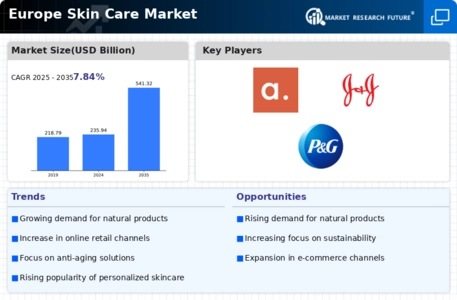
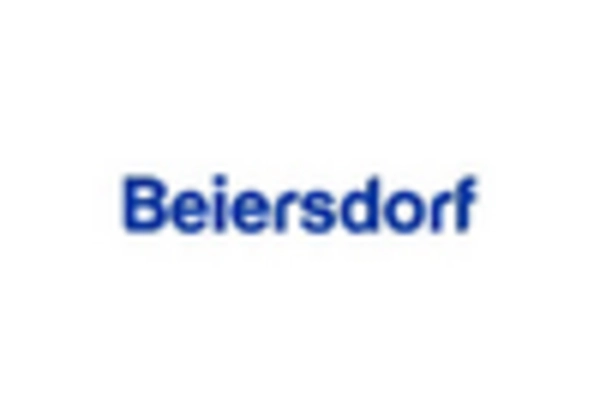
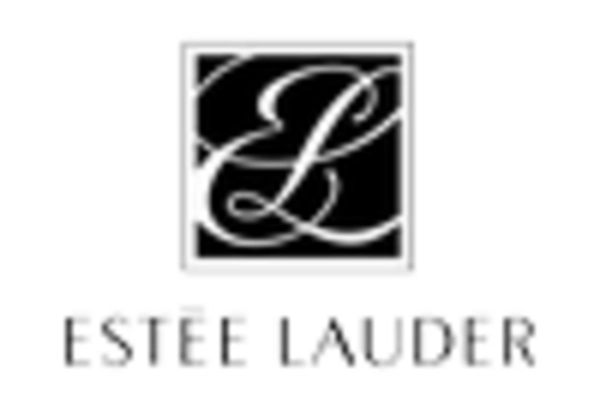
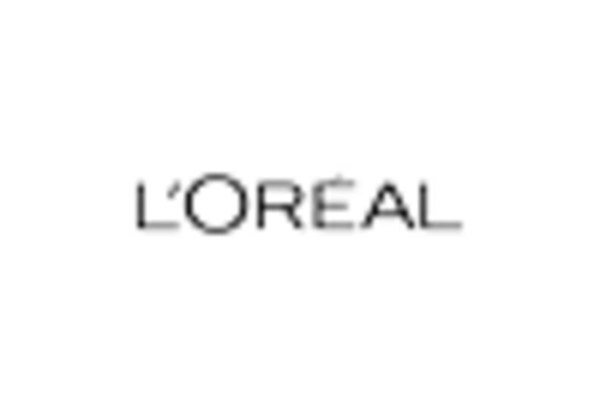
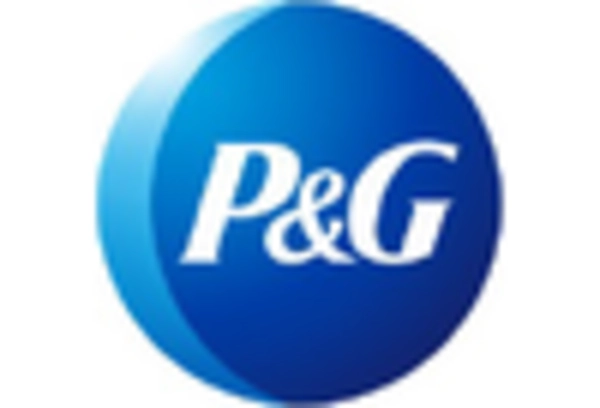
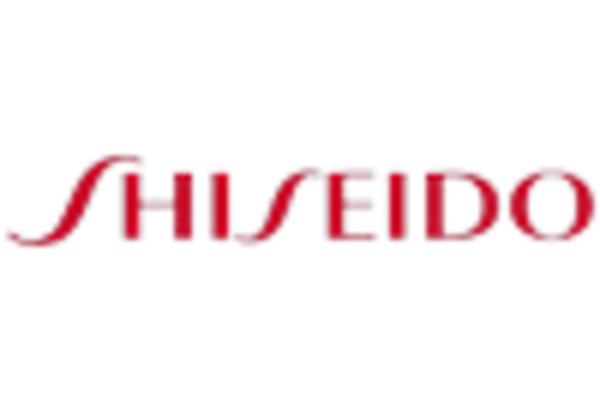
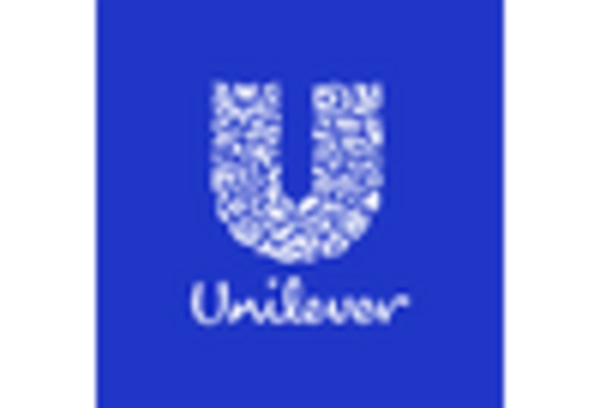








Leave a Comment